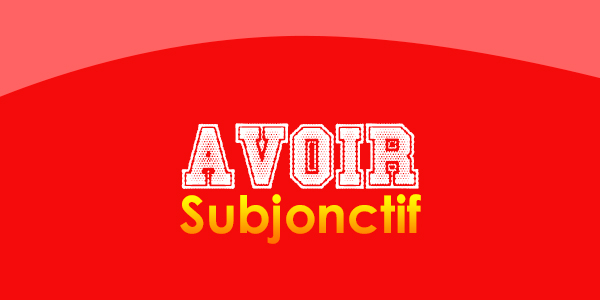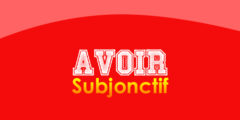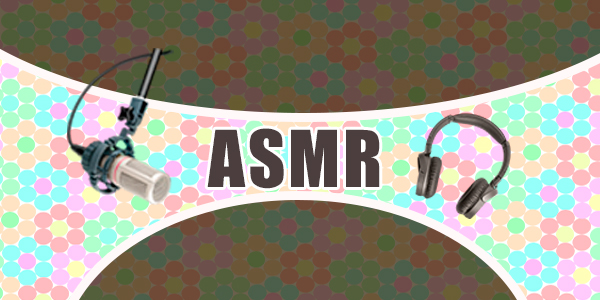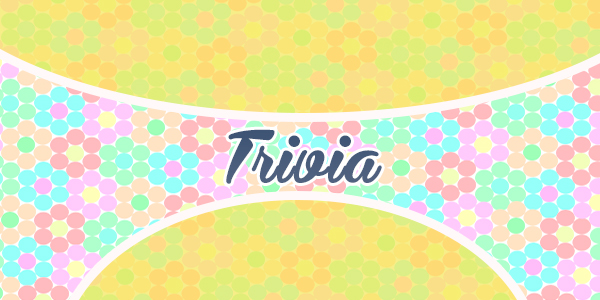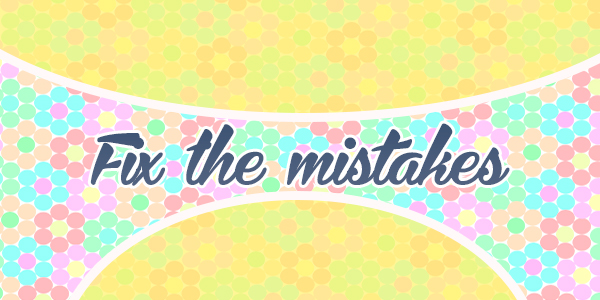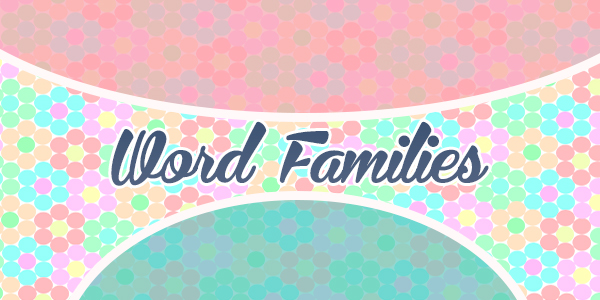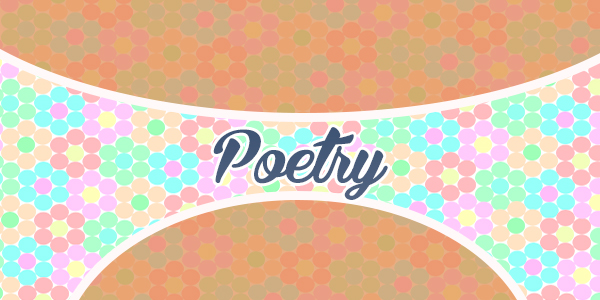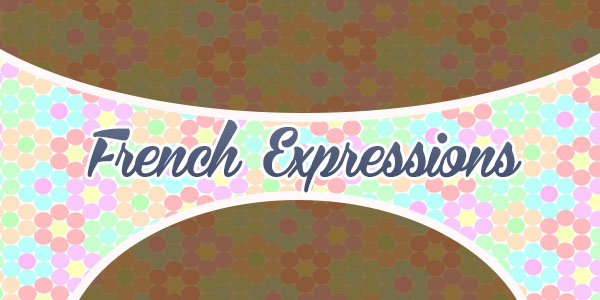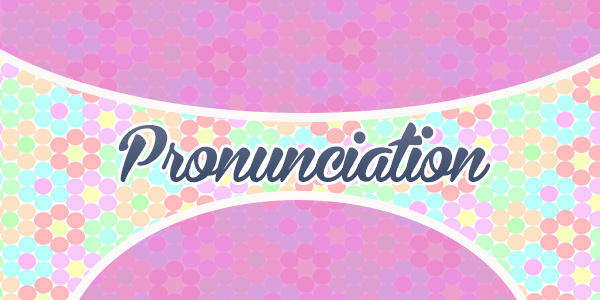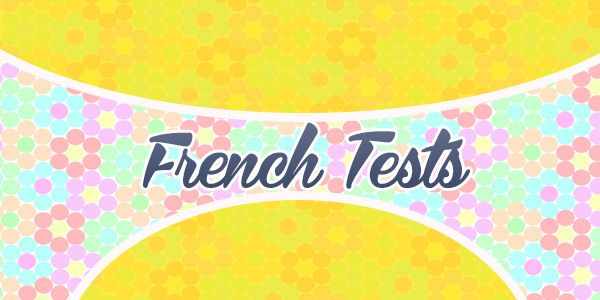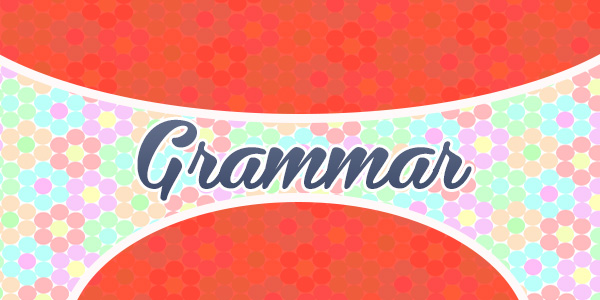AVOIR Subjonctif
AVOIR Subjonctif: The subjunctive mode is used to indicate a contemplated or hypothetical action, a doubt or a wish. It is the mode of the unreal. It is used with verbs expressing desire, wish, doubt, emotion and uncertainty.
He must have this book.
It is necessary that he has this book
Il faut qu’il ait ce livre.
In its construction, we add “que” or “qu‘” before the verb to indicate the subjunctive.
Conjugation: que j’aie, que tu aies, qu’il ait, qu’elle ait, que nous ayons, que vous ayez, qu’ils aient, qu’elles aient.
To have – Subjonctif
| French | English |
|---|---|
| AVOIR Subjonctif Présent | Present Subjunctive |
| que j’ aie | that I have |
| que tu aies | that you have |
| qu’il ait | that he has |
| qu’elle ait | that she has |
| que nous ayons | that we have |
| que vous ayez | that you have |
| qu’ils aient | that they have |
| qu’elles aient | that they have |
To have – Other Tenses
Practice the verb “to have” in present Subjunctive using Quizlet:
Do you want to practice more French verbs in present subjunctive? Click on the image of your interest:
Do you want to practice another Resource? Click on the image of your interest:
